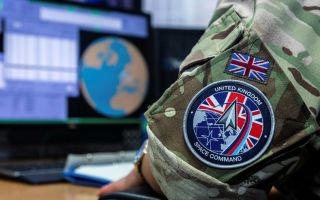Navy
The Ship That Can Flip
The Cold War saw much experimentation with military technology, one example of which was a very unusual ocean vessel.
FLIP, or the Floating Instrument Platform, is essentially a ship that flips, or becomes partially submerged, in water.
At 355 feet long, the submersion process works by filling hollow ballasts at the rear with water, which tilts it and, after about 30 minutes, leaves the front 55 feet above water.
The crew then have rear bulkheads as decks and front walls as ceilings, complete with new light bulbs.
Because most of the ship's weight is underwater, it is also then held steady and largely unaffected by waves on the surface.
And this is the main point of FLIP.
Designed in 1962 by two scientists at the Scripps Institution of Oceanography, Drs Fred Fisher and Fred Spiess, it was meant as a floating scientific platform.

It was meant to offer more precise measurements of underwater sound waves than a research ship would have.
FLIP, however, has gone beyond its original remit of helping gather data for the US submarine service, and has since measured wave height, acoustic signals, water temperature and density, and collected meteorological information.
Looking like a long, thin ship, FLIP is actually a giant buoy with no engines that needs to be towed into position.
Engines would have created interference and made the task of collecting precise measurements impossible.

When finished, compressed air is pumped into the rear ballasts, forcing out the water and causing FLIP to rotate back 90 degrees, before being towed off to its next assignment.










